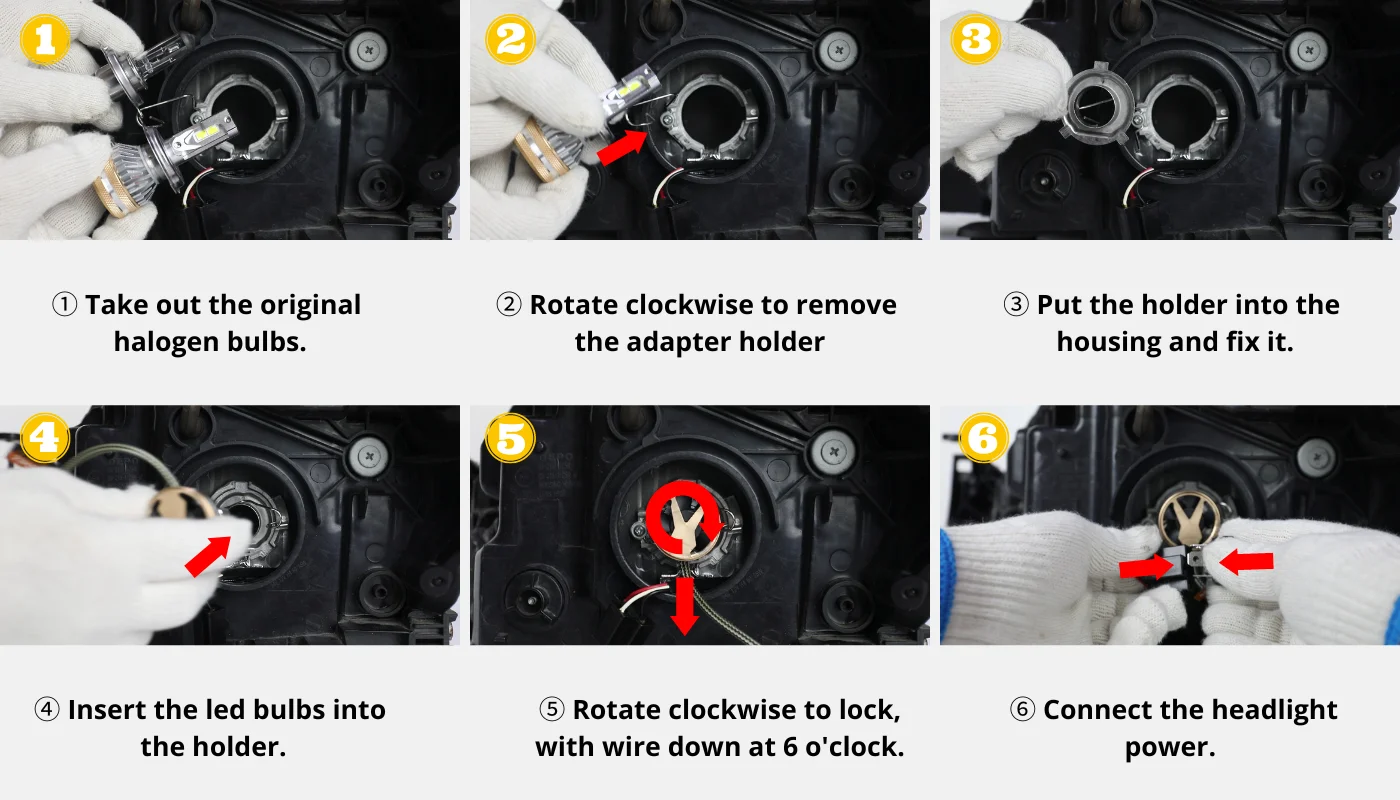The Automotive Industry is Shifting Gears
The auto industry is shifting gears. Global disruption and technological advances are disrupting the industry. Although the traditional business model is still intact, the industry is racing toward a new world driven by sustainability and changing consumer behavior. As a result, it is adapting to meet the demands of consumers and the changing environment with electric cars, onboard sensors, and connected cars. The future of the automotive industry lies in the ability to serve consumers with personalized experiences in an always-on connected world.
The automotive industry faces unprecedented challenges. The traditional franchised dealer model is no longer sufficient to sustain profitability. Many vehicle manufacturers are looking beyond the dealership network to participate in the full customer life-cycle value chain. This paradigm shift will help them increase profitability and grow stagnant markets. It will also change the basis of competition. From manufacturing to selling and servicing vehicles, manufacturers will need to provide additional services and manage the entire purchasing experience. With the growing popularity of connected vehicles, innovative automakers will need to rethink the traditional business model and re-invent themselves.
The automotive industry employs more than 1.7 million people. It is an enormous consumer of goods and services. The industry supports nearly eight million jobs in the U.S. economy, making up about 4.5 percent of total U.S. jobs. It generates more than $50 billion in annual tax revenues and supports over 4.5 percent of the overall U.S. economy. A key challenge for the automotive industry is how to stay competitive in this global economy.
The automotive industry is rapidly evolving, and the competition is fierce. In order to remain competitive and grow its business, vehicle manufacturers are confronting the weaknesses of the traditional franchised dealer channel and reimagining their operations. They are also seeking to become more involved in the customer life-cycle value chain to increase profitability and grow stagnant markets. By taking this approach, the automotive industry has shifted its focus from selling cars to providing services and managing the consumer purchase experience.
While the automotive industry is a complex and highly regulated industry, it is a highly innovative industry. Inbound logistics is the first step in the production process and involves receiving raw materials from suppliers and distributing them to the manufacturing units. Design and manufacture deals with operations and converting these raw materials into finished products. Some automotive producers have operations and manufacturing units across the globe. As a result, the automotive industry is becoming increasingly digital. A well-managed supply chain will ensure greater profitability.
The automotive industry has undergone dramatic changes in recent years. However, many of these changes are positive. Today’s OEMs are more open to collaboration and are more open to collaborating with partners. They may be focused on core activities, but failing to investigate new areas and integrating new technologies will ultimately hurt them in the long run. In addition to this, the automotive industry is becoming more efficient and more competitive than ever. It is the future of the industry.












